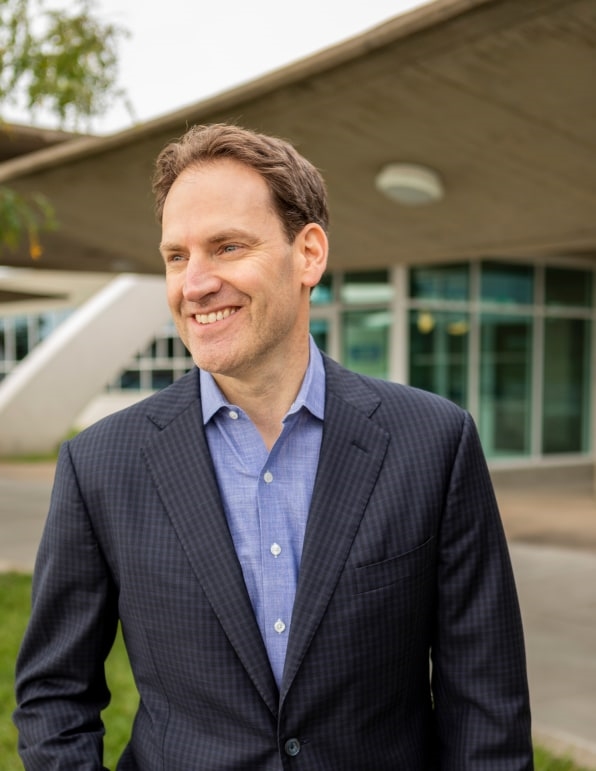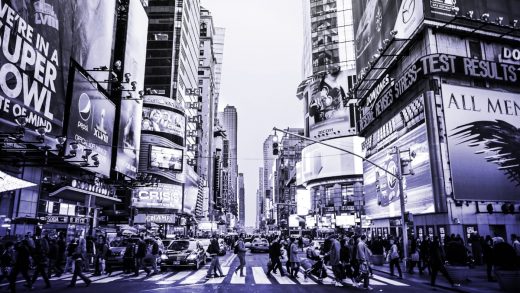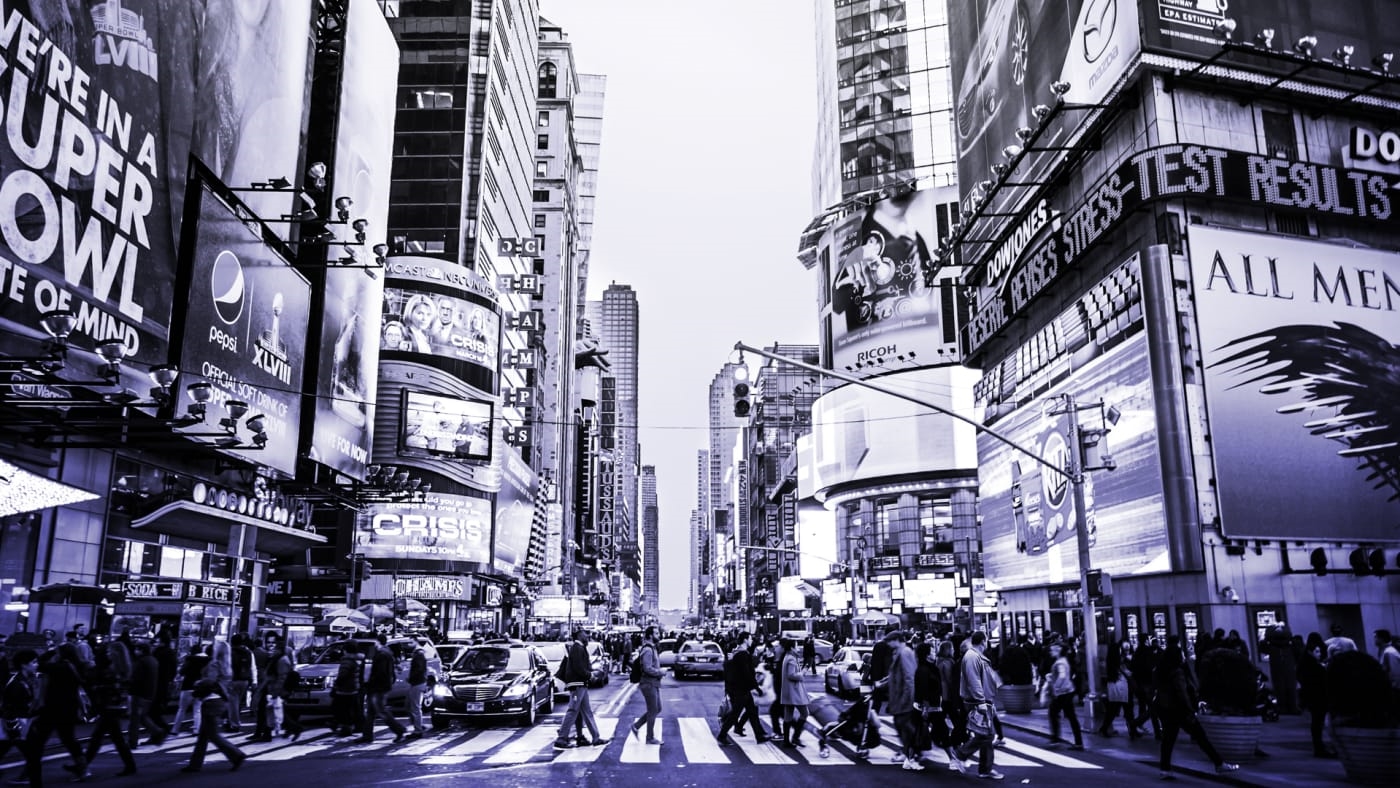In the wake of VMLY&R merger, expect more ad agency brands to fall
In response to what can only be described as an existential crisis back in 2009, General Motors decided to cut its roster of brands in half to just four: Chevrolet, Cadillac, Buick, and GMC. Jettisoned were Pontiac, Saturn, Hummer, and Saab.
Now, in response to an existential moment of their own, advertising agency holding companies are finding ways to navigate an increasingly volatile landscape. One of those ways, according to industry analysts, is culling and consolidating the hundreds of agency brands under their roofs.
Last week it was WPP merging two of its major agency brands–VML and Y&R–into a single global agency network called VMLY&R. The move created a 7,000-person agency with offices around the world, combining the digital chops of VML, founded in 1992, with the creative legacy of Y&R, founded in 1923. WPP acquired VML in 2001, and Y&R a year earlier.
New VMLY&R CEO Jon Cook, who was VML’s CEO, says this was more of a proactive move than a reaction to industry demands.

[Photo: courtesy of VMLY&R]
“These are agencies with choices, agencies with really strong leadership. They have success and good history,” says Cook. “I think there will be occasions in this industry where people will be forced together, where they have to have certain things to survive. We’re doing this at a time where we choose to do it and are excited to do it, and we get to choose our dance partner. It’s from a position of strength.”
In August, an industry report by Forrester analysts said that WPP should look to “dissolve its agency brands to meet the CMO’s need for simplicity, accountability, and scale,” restructuring nearly 400 companies into just dozens. It also called for WPP to consolidate its 100 creative agencies within the seven global networks of AKQA, Grey, JWT, Ogilvy, VML, Wunderman, and Y&R. Last week’s merger was a significant step in that direction.
“Right now, we’re at a point where the industry cares less about agency labels than ever before,” Cook says. “This is an industry where so many people have worried about whether something is an ad agency, a digital agency, a PR agency, or a consultancy. We may be at the first point I can remember in a decade where the labels of agencies don’t really matter.”

Used to be that ad agencies, like those of the products they helped market, had more distinct personalities, working models, and creative sensibilities. You could guess pretty quickly which work was done by BBH London or by McCann New York. Or Crispin Porter + Bogusky and BBDO. But in the last decade, this has become much less the case. Holding companies like WPP, Publicis, Omnicom, IPG–even MDC Partners–ramped up their own branding, touting themselves as the big-box store version of creative advertising. They even combined talent from different subsidiary agencies to set up custom shops–like Omnicom’s We Are Unlimited, for McDonald’s–for especially big (and lucrative) clients.
Some, like industry observer and author Bob Hoffman, think this approach has completely devalued agency brands, ultimately hurting their ability to attract new business. This week, he wrote, “Nobody buys a Berkshire Hathaway or a Procter & Gamble. The buy GEICO insurance or Tide detergent.”
Cook, of course, disagrees. He says the industry has matured to the point where traditional territorial disputes and tribalism no longer matter. “I think a few years ago people would’ve asked why this was happening between a more traditional agency and a more digital agency, but now I think because of the intensity and scrutiny in our industry, the attitude is more positive and inclusive of the different talents,” he says. “It’s welcoming of anyone who can help navigate this current landscape.”
What matters most is survival.
(25)



